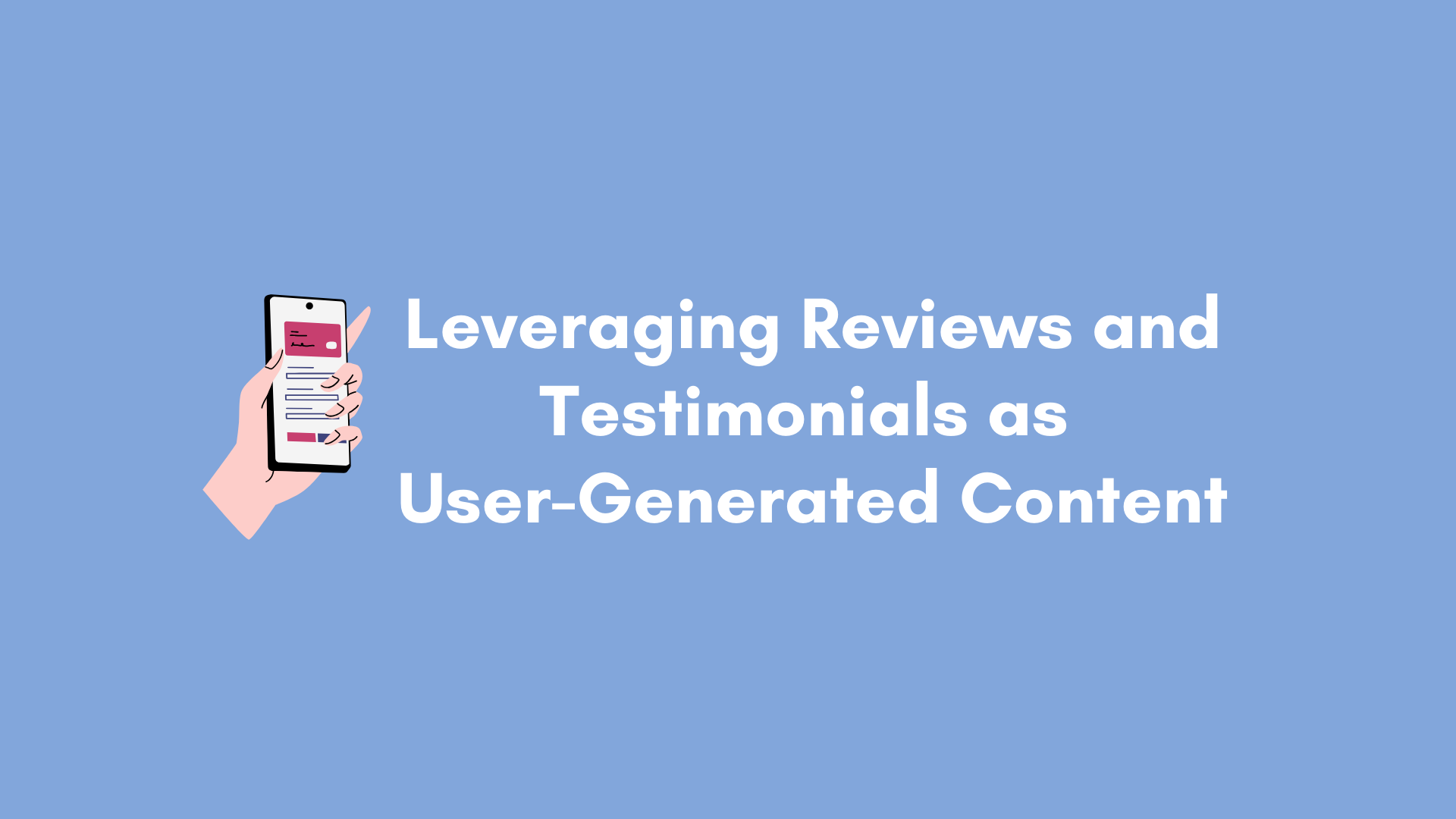
The one strategy reigns supreme in digital marketing is User-Generated Content (UGC). Among the myriad forms of UGC, testimonials and reviews stand out as powerful tools for brands seeking to bolster their online presence. In this guide, we’ll delve into the intricacies of leveraging testimonials and reviews, optimising your approach for SEO, and unlocking the true potential of UGC.
Understanding the Essence of UGC:
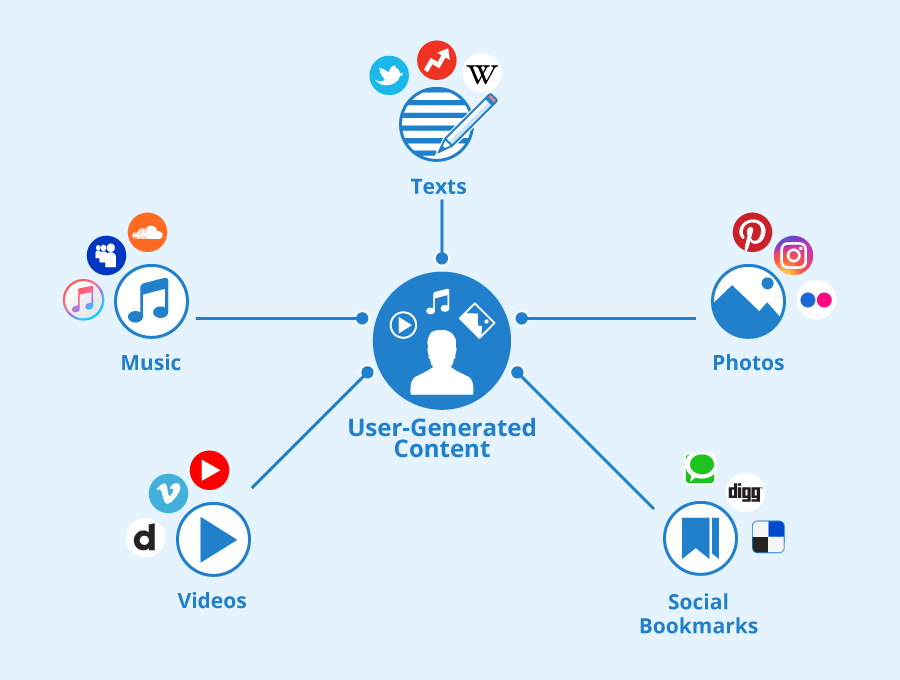
User-Generated Content refers to any form of content—text, images, videos, etc.—created by users rather than brands themselves. Testimonials and reviews are prime examples, providing authentic insights into customer experiences with a product or service. Harnessing UGC empowers brands to establish trust, foster engagement, and amplify their reach across digital platforms.
Advantages
User-Generated Content (UGC) offers a multitude of advantages for brands looking to thrive in the digital realm. Let’s explore some of the key benefits:
Authenticity:
UGC provides genuine, unfiltered insights into the experiences of real customers. Unlike branded content, which may be perceived as biassed or promotional, UGC offers authentic perspectives that resonate with audiences and foster trust.
Social Proof:
UGC serves as powerful social proof, validating the credibility and quality of a brand’s products or services. Positive testimonials and reviews from satisfied customers reassure potential buyers, alleviate doubts, and influence purchasing decisions.
Engagement:
Encouraging user participation through UGC fosters a sense of community and engagement. When customers feel valued and empowered to share their opinions and experiences, they become more invested in the brand and its offerings.

Increased Reach:
UGC has the potential to reach a broader audience through social sharing and organic distribution. When customers share their experiences on social media or review platforms, they amplify the brand’s reach, attracting new followers, customers, and advocates.
Cost-Effectiveness:
Leveraging UGC can be a cost-effective strategy compared to producing branded content. Instead of investing resources in creating content from scratch, brands can tap into the wealth of user-generated content already available and repurpose it for their marketing efforts.
SEO Benefits:
User-generated content, particularly reviews and testimonials, can boost a brand’s search engine optimisation (SEO) efforts. Fresh, relevant content generated by users enhances a website’s visibility in search engine results pages (SERPs) and contributes to improved rankings.
Insights and Feedback:
UGC provides valuable insights and feedback that can inform product development, marketing strategies, and customer service improvements. By listening to the voice of their customers, brands can identify strengths, weaknesses, and areas for growth.
Emotional Connection:
User-generated content often evokes emotions and connects with audiences on a deeper level. Personal stories, testimonials, and user-generated media create emotional resonance, strengthening the bond between customers and the brand.
Trust and Credibility:
Consumers tend to trust recommendations and endorsements from their peers more than traditional advertising. UGC builds trust and credibility by showcasing real experiences and demonstrating the brand’s commitment to customer satisfaction.
Brand Advocacy:
Satisfied customers who contribute to UGC can become brand advocates, actively promoting the brand to their networks and advocating on its behalf. Cultivating a community of brand advocates amplifies the brand’s message and extends its reach organically.
UGC and SEO:
In the realm of Search Engine Optimisation (SEO), UGC, particularly testimonials and reviews, holds significant weight. Search engines prioritise fresh, relevant, and authentic content. Testimonials and reviews not only fulfil these criteria but also enrich your website with valuable keywords and long-tail phrases, enhancing its visibility in search engine results pages (SERPs).
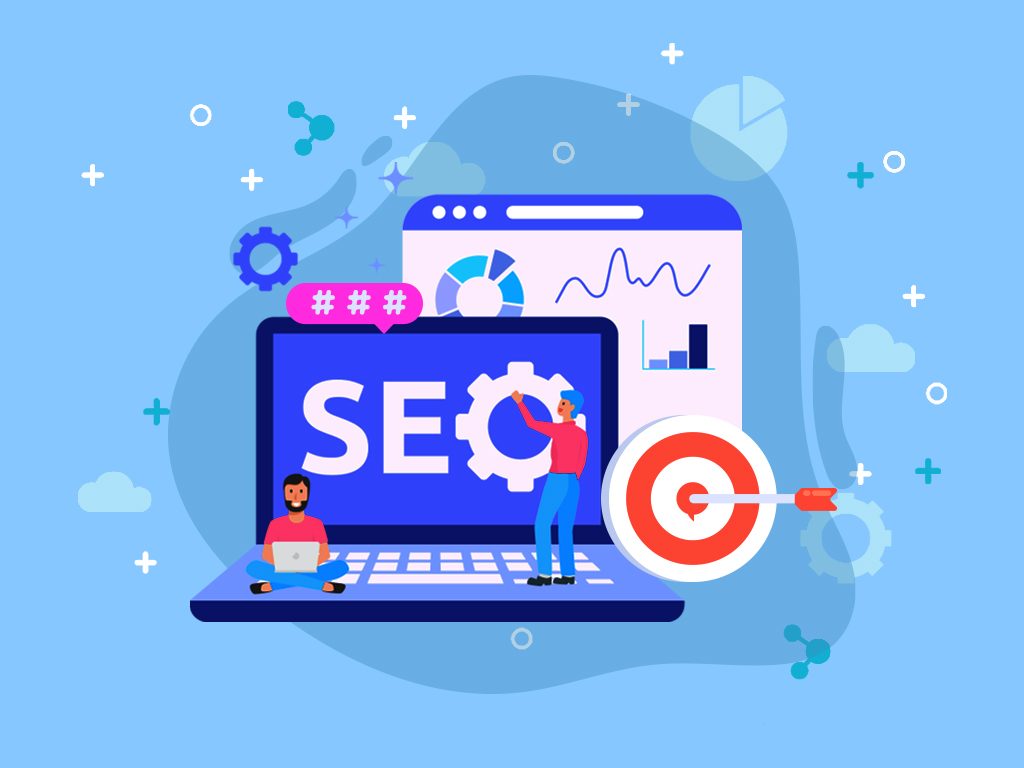
Optimising Testimonials and Reviews for SEO:
Structured Data Markup: Implement structured data markup, such as Schema.org, to provide search engines with detailed information about your testimonials and reviews. This enables search engines to display rich snippets, enhancing the visibility and click-through rate of your listings.
Keyword Optimisation: Encourage customers to include relevant keywords naturally within their testimonials and reviews. These keywords align with your SEO strategy, increasing the likelihood of your content ranking for targeted search queries.
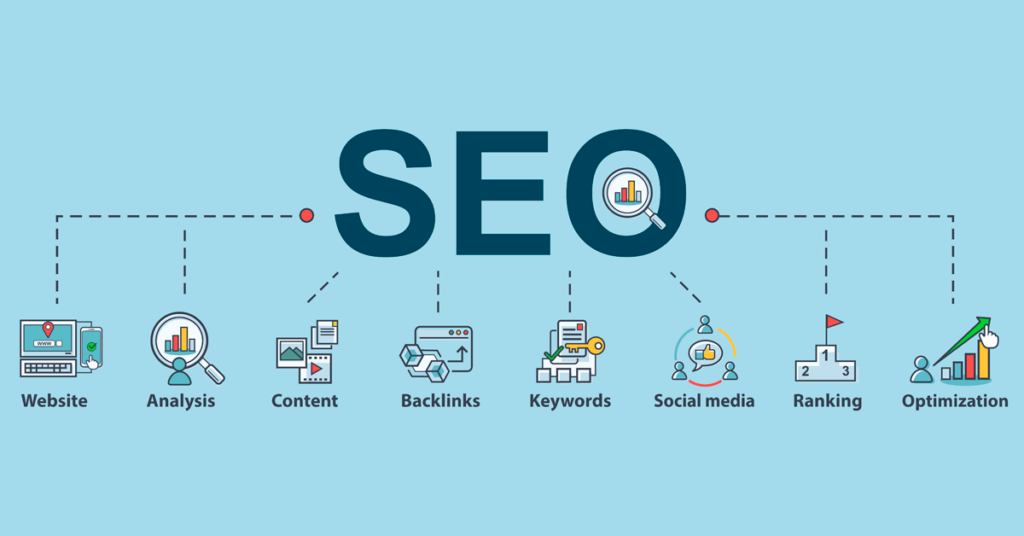
Diverse Content Formats: Embrace diverse content formats, including text, images, and videos, to cater to different user preferences. Optimise each format for SEO by incorporating descriptive filenames, alt text for images, and relevant metadata.
Social Proof Integration: Integrate testimonials and reviews seamlessly across your website and social media platforms. User-generated content serves as powerful social proof, validating your brand’s credibility and influencing purchasing decisions.

Cultivating a Culture of UGC: Building a robust ecosystem of user-generated content requires proactive engagement and incentivisation. Foster a community-centric approach by encouraging customers to share their experiences through reviews, testimonials, and user-generated media. Implement loyalty programs, incentives, and rewards to incentivise UGC creation and participation.
Leveraging UGC Beyond SEO: While SEO optimisation is crucial, the benefits of UGC extend far beyond improved search rankings. Testimonials and reviews serve as invaluable resources for product development, customer service enhancements, and marketing campaigns. Harness the insights gleaned from UGC to refine your offerings, address pain points, and nurture lasting customer relationships.
Why UGC Testimonials and Reviews Work
Leveraging User-Generated Content (UGC), including testimonials and reviews, is not just a marketing strategy; it’s a profound understanding of psychology and consumer behaviour. Let’s delve into why UGC testimonials and reviews are imperative by leveraging psychological principles and insights into consumer behaviour:
Social Proof:
One of the most influential psychological phenomena driving the importance of UGC is social proof. People tend to look to others for guidance in uncertain situations. Testimonials and reviews provide tangible evidence that others have had positive experiences with a product or service, thereby reducing perceived risk and increasing the likelihood of purchase.
Confirmation Bias:
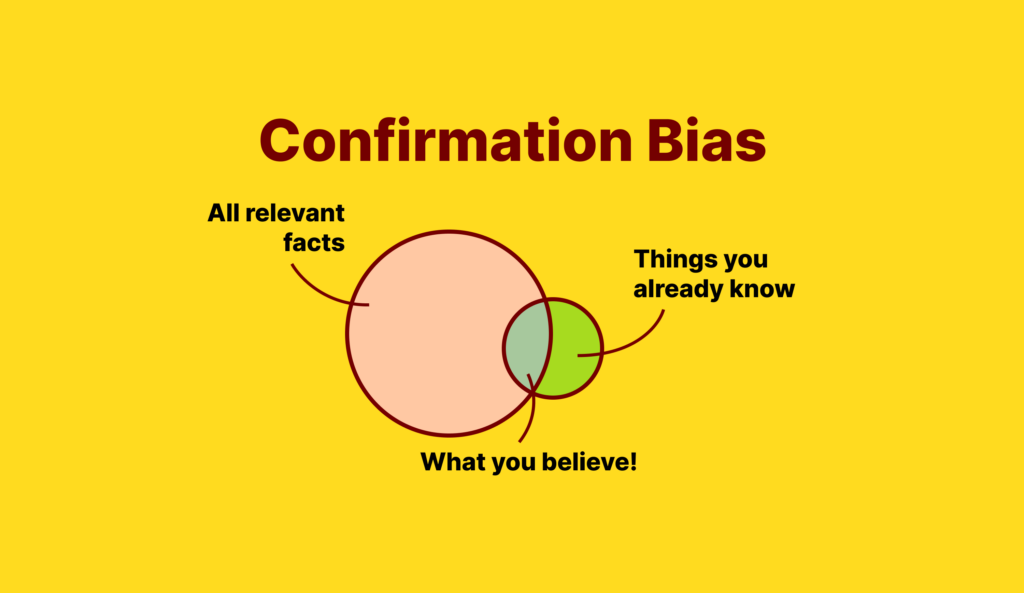
Consumers naturally seek out information that confirms their pre-existing beliefs or desires. Positive testimonials and reviews align with this tendency, reinforcing the consumer’s inclination towards a particular product or brand. By leveraging UGC, brands can capitalise on confirmation bias to strengthen brand affinity and drive conversions.
Trust and Credibility:
Trust is paramount in consumer decision-making. UGC, especially from fellow consumers, enhances trust and credibility by providing authentic, unbiased perspectives. Consumers are more likely to trust the opinions of their peers over branded content, making testimonials and reviews indispensable tools for building trust in a brand or product.
Emotional Connection:
Human beings are inherently emotional creatures, and emotions play a significant role in consumer behaviour. Testimonials and reviews often evoke emotions such as joy, satisfaction, or excitement, creating a powerful emotional connection between the consumer and the brand. This emotional resonance can lead to stronger brand loyalty and advocacy.

FOMO (Fear of Missing Out):
The fear of missing out is a potent psychological motivator that drives consumer behaviour. When consumers see positive testimonials and reviews, they may experience FOMO, fearing that they will miss out on a great experience if they don’t purchase the product or service. Leveraging UGC can capitalise on this fear and prompt action.
Informational Social Influence:
People tend to conform to the actions or opinions of others when they are uncertain about what to do. Testimonials and reviews provide valuable information that influences consumer decisions. When potential customers see others endorsing a product or service, they are more likely to follow suit, guided by informational social influence.
Narrative Persuasion:
Stories have a profound impact on human cognition and behaviour. Testimonials and reviews often contain narratives of personal experiences, which are more engaging and persuasive than straightforward advertising messages. By weaving narratives into UGC, brands can captivate consumers’ attention and effectively convey their brand message.
Reciprocity:
The principle of reciprocity states that people feel obligated to return favours or gestures after receiving something of value. When customers provide testimonials or reviews, they are investing their time and effort into supporting the brand. In return, other consumers may feel compelled to reciprocate by purchasing the product or service.
Conclusion:

In the digital age, the voice of the customer reigns supreme. By using user-generated content, particularly testimonials and reviews, brands can elevate their online presence, foster trust, and drive tangible business outcomes. Through strategic SEO optimisation, proactive community engagement, and continuous refinement, you can unlock the full potential of UGC and propel your brand to new heights in the digital landscape.
Empower your brand with the authentic voice of your customers. Embrace user-generated content, optimise it for SEO, and witness the transformative impact on your online visibility and reputation.






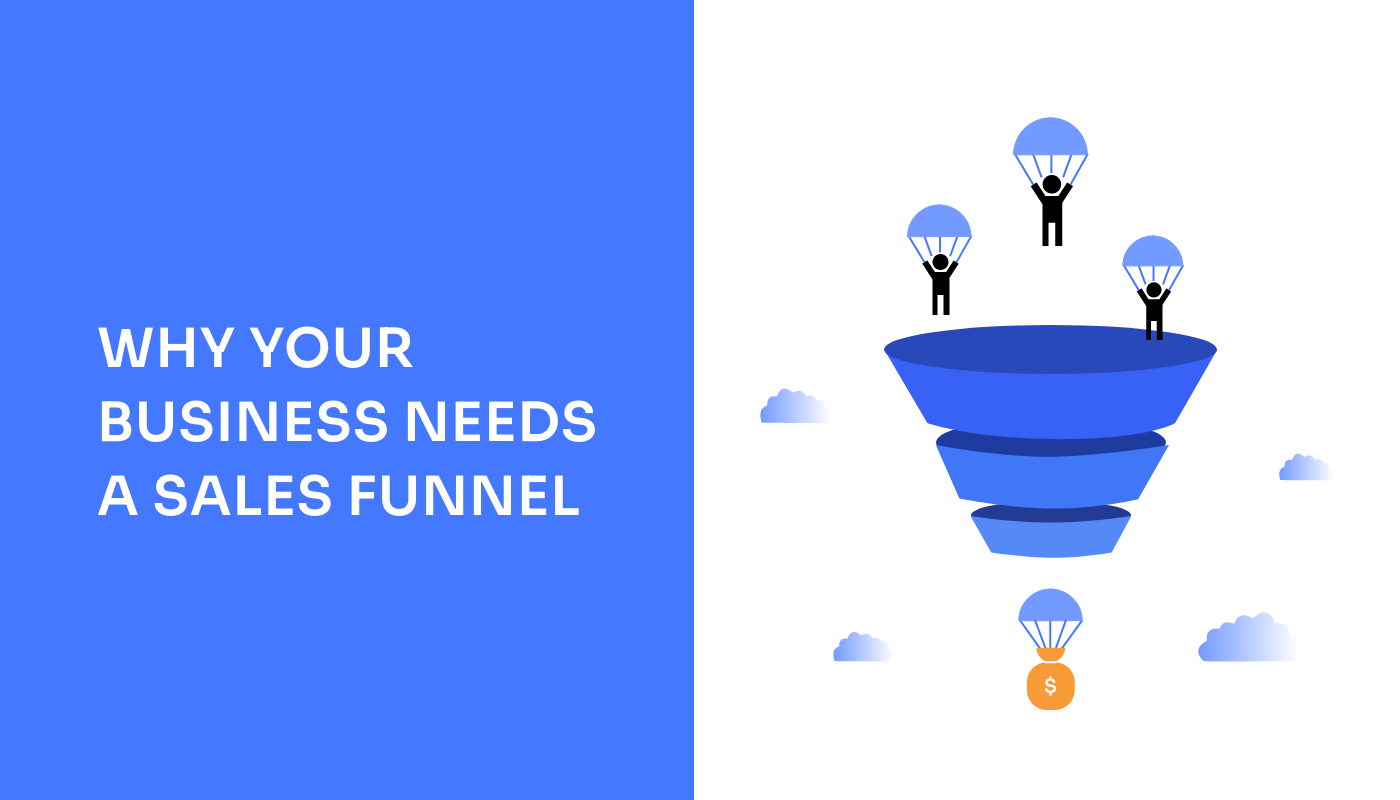





Recent Comments